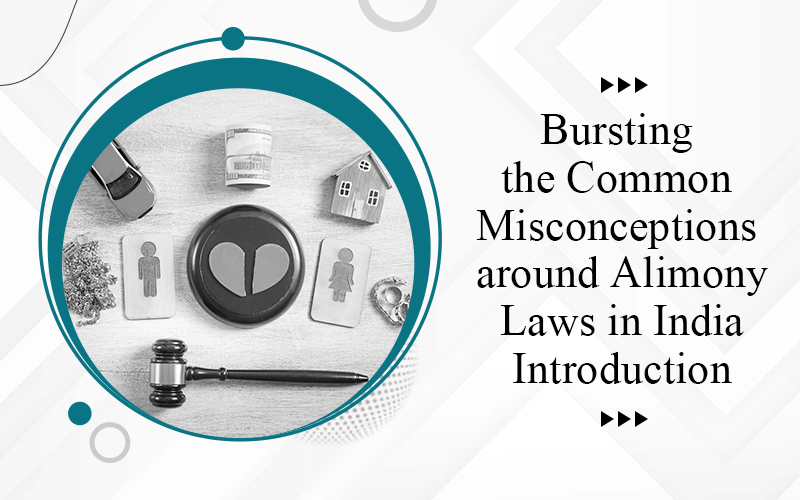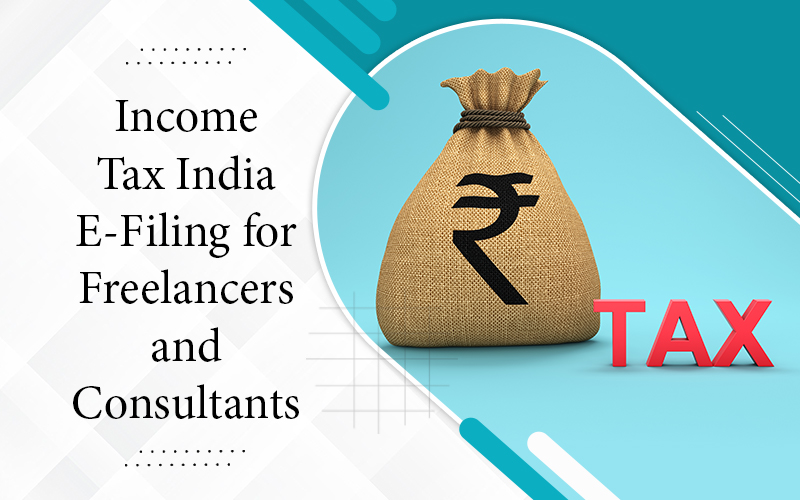Alcohol and Liquor Drinking Laws
India’s approach to alcohol consumption and liquor laws is a complex tapestry woven with threads of cultural diversity, historical influences, and socio-economic considerations. The regulation of alcohol in India is primarily a state subject under the Seventh Schedule of the Indian Constitution, which leads to a wide variation in laws and practices across the country. This article aims to provide a comprehensive overview of alcohol and liquor drinking laws in India, exploring their historical context, current legal framework, and the socio-economic impact.
Historical Context of Alcohol and Liquor Drinking Laws
The history of alcohol consumption in India dates back to ancient times, with references to alcoholic beverages found in Vedic texts and historical records. However, the regulation of alcohol has evolved significantly over the centuries. During the British colonial period, the excise system was introduced to regulate and tax the production and sale of alcohol. Post-independence, the Indian Constitution granted states the power to legislate on alcohol, resulting in diverse regulatory frameworks.
Constitutional and Legal Framework of Alcohol and Liquor Drinking Laws
- Constitutional Provisions:
Article 47: Part of the Directive Principles of State Policy, Article 47 states that the State shall endeavor to bring about prohibition of the consumption, except for medicinal purposes, of intoxicating drinks and drugs which are injurious to health. Although not enforceable by law, it reflects the Indian state’s ideal vision regarding alcohol consumption.
- State Legislation:
Since alcohol regulation is a state subject, each state in India has its own set of laws governing the production, distribution, sale, and consumption of alcohol. The laws vary significantly across states, with some practicing partial or complete prohibition while others have a more liberal approach.
Key Aspects of State-Specific Alcohol Laws
- 1. Age Restrictions:
The legal drinking age varies between states, generally ranging from 18 to 25 years. For example:
– Delhi and Karnataka: The legal drinking age is 21.
– Goa and Uttar Pradesh: It is 18.
– Maharashtra: The age for consuming hard liquor is 25, while for wine and beer, it is 21.
- Dry States:
Several states in India practice complete prohibition:
– Gujarat: A historically dry state since 1960, influenced by Mahatma Gandhi’s advocacy for prohibition.
– Bihar: Implemented total prohibition in April 2016, under the leadership of Chief Minister Nitish Kumar.
– Nagaland and Lakshadweep: Also observe total prohibition, although illicit trade and consumption are reported.
- Partial Prohibition and Dry Days:
Some states observe partial prohibition or designate specific days as dry days when the sale of alcohol is prohibited. For example:
– Maharashtra: Observes dry days on certain religious and national holidays.
– Kerala: Enforced a partial prohibition policy in 2014, limiting the availability of alcohol to five-star hotels and state-run liquor stores.
Licensing and Distribution of alcohol
The production, distribution, and sale of alcohol require various licenses, regulated by state excise departments. The licensing process involves strict scrutiny and compliance with numerous regulations, including the establishment’s location, infrastructure, and safety measures.
Types of Licenses:
– Manufacturing Licenses: Required for breweries, distilleries, and wineries.
– Wholesale Licenses: For entities involved in the wholesale distribution of alcohol.
– Retail Licenses: For bars, restaurants, and liquor shops selling alcohol to consumers.
– Consumption Licenses: Some states require licenses for individuals to consume alcohol, particularly for home consumption.
Socio-Economic Impact of alcohol laws
Revenue Generation:The alcohol industry is a significant source of revenue for many states through excise duties and taxes. For instance, Maharashtra and Karnataka generate substantial income from alcohol taxation, which funds various state development projects.
Public Health and Social Issues:
While alcohol consumption is culturally accepted in many parts of India, it also raises public health concerns. Alcohol abuse is linked to a range of health problems, including liver disease, cardiovascular issues, and mental health disorders. Additionally, alcohol-related accidents and domestic violence are significant social issues.
Prohibition Effects:
Prohibition policies, while intended to curb alcohol abuse, often lead to unintended consequences such as the proliferation of illegal liquor markets, loss of state revenue, and increased enforcement costs. For example, the prohibition in Bihar has led to a rise in the illicit liquor trade, posing health risks due to the consumption of spurious alcohol.
Cultural and Social Dynamics
The cultural acceptance of alcohol varies widely across India. In states like Punjab and Rajasthan, alcohol is an integral part of social and cultural celebrations. In contrast, in states like Gujarat and Bihar, cultural and religious beliefs strongly influence the push for prohibition.
Recent Trends and Developments
Legal Reforms: In recent years, several states have undertaken legal reforms to balance revenue generation with public health considerations. For example, Kerala has rolled back some of its stringent prohibition measures, allowing more outlets to sell alcohol while promoting responsible drinking.
Digital and Home Delivery Services:
The COVID-19 pandemic prompted some states to explore digital solutions for alcohol sales, including online ordering and home delivery services. States like Maharashtra and West Bengal have implemented policies to permit online sales, reflecting a shift towards modernization in the alcohol distribution sector.
Awareness Campaigns:
Public health campaigns and awareness programs aimed at promoting responsible drinking and highlighting the dangers of alcohol abuse are increasingly common. These initiatives often involve collaborations between government bodies, NGOs, and health organizations.
Conclusion
The regulation of alcohol in India is a dynamic and multifaceted issue influenced by historical, cultural, economic, and health considerations. While states exercise significant autonomy in framing their alcohol policies, the overarching aim remains to balance public health interests with economic benefits. As India continues to evolve, the legal landscape around alcohol consumption is likely to undergo further changes, driven by socio-economic trends, public health imperatives, and cultural shifts. Understanding the complex interplay of these factors is crucial for policymakers, stakeholders, and citizens alike in navigating the future of alcohol regulation in India.




